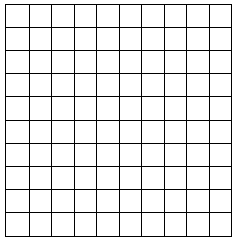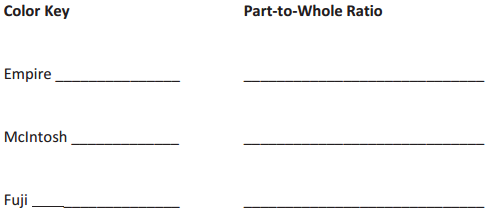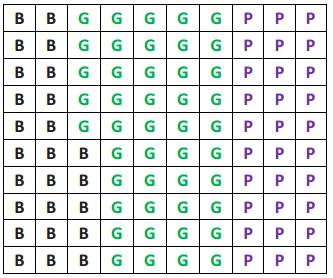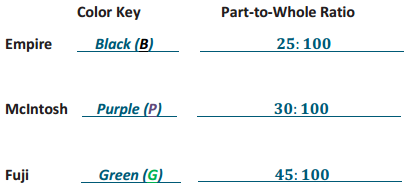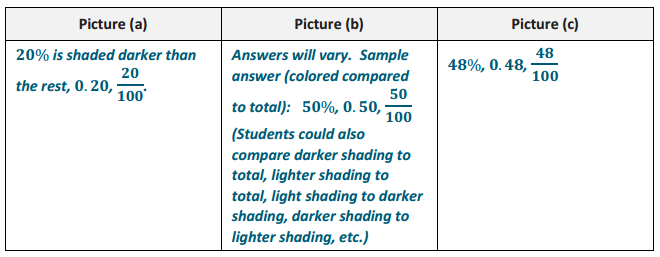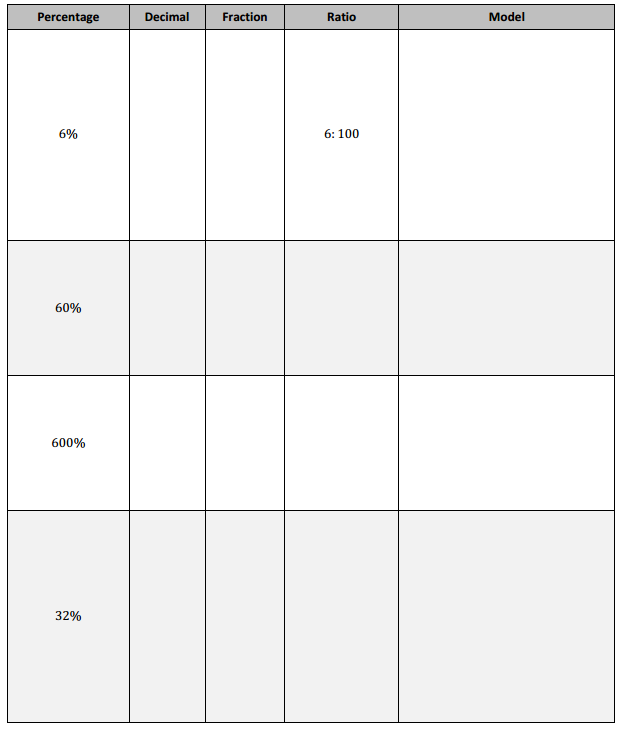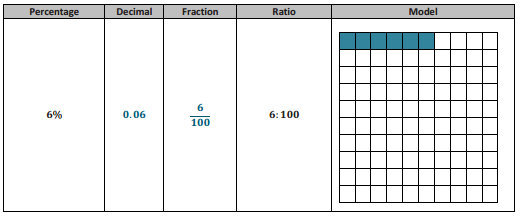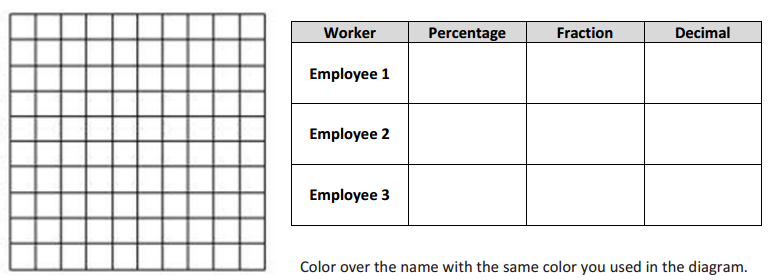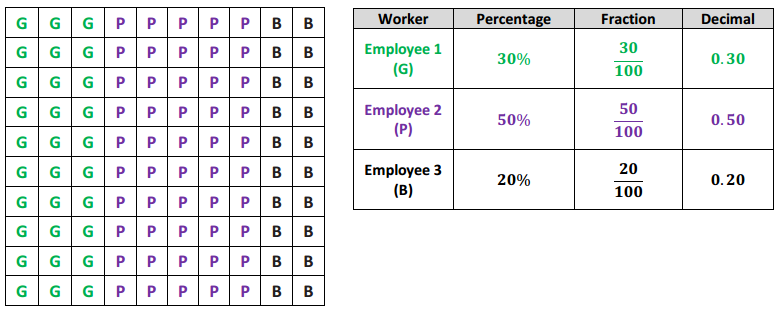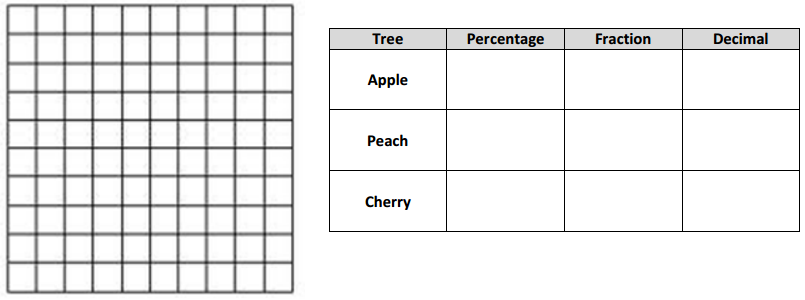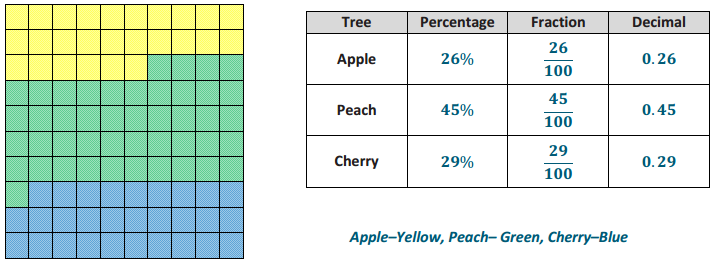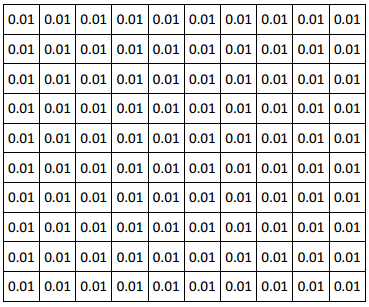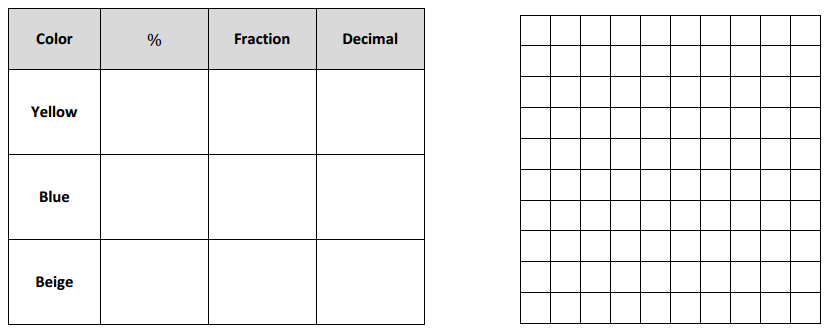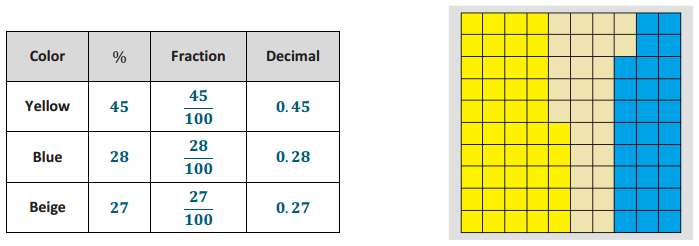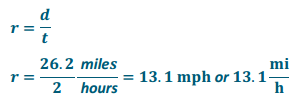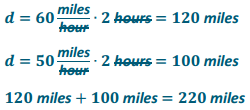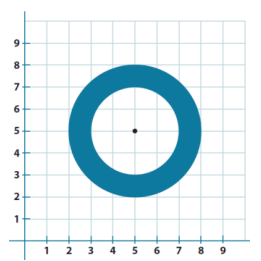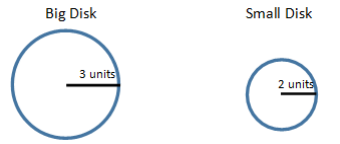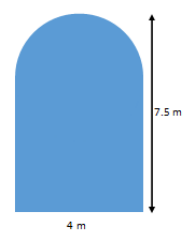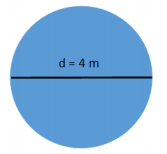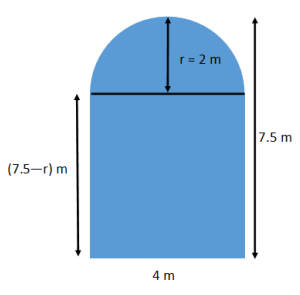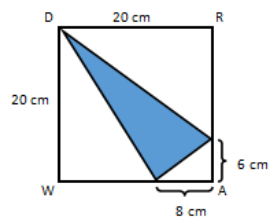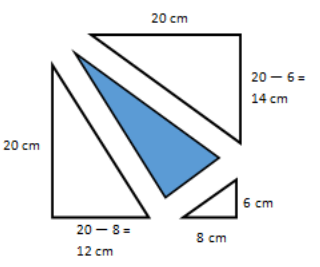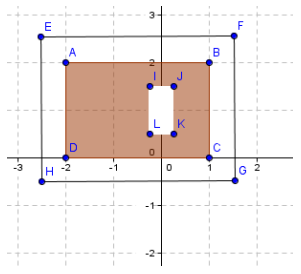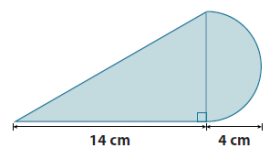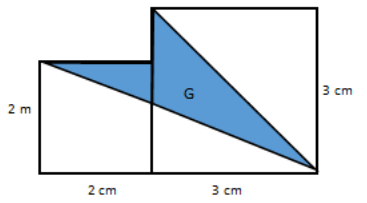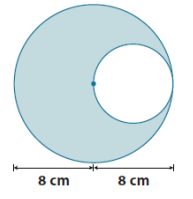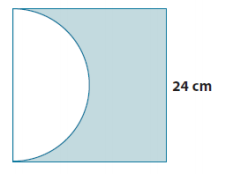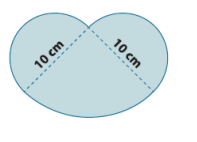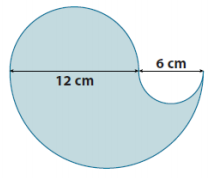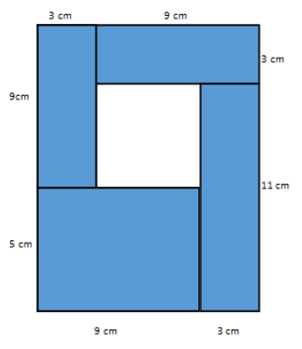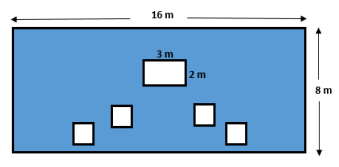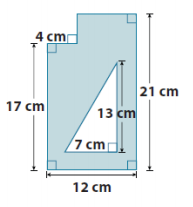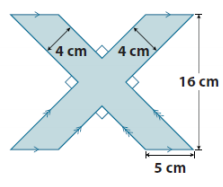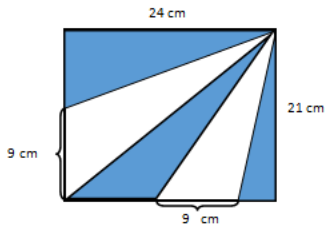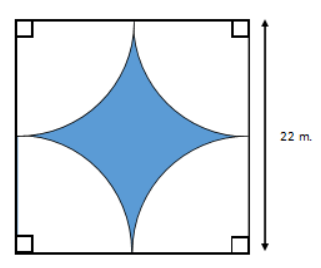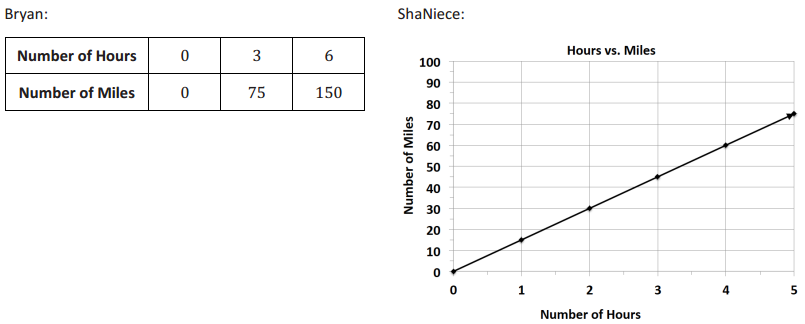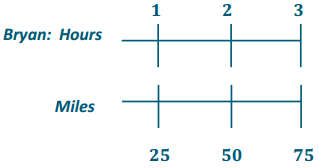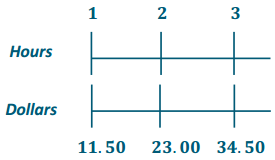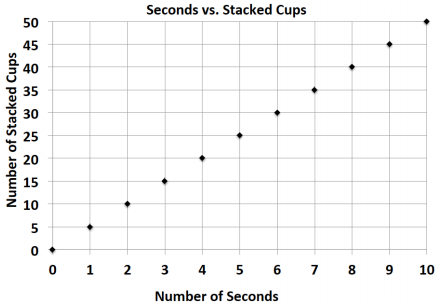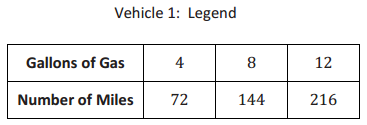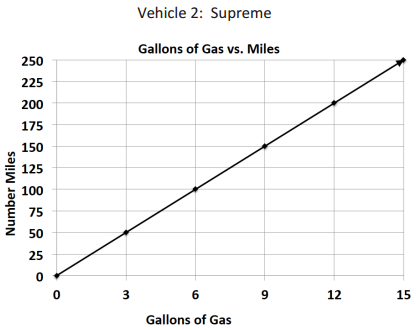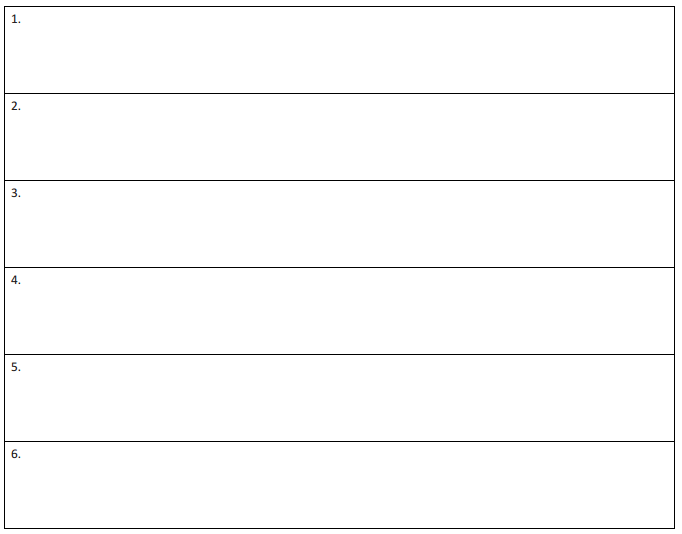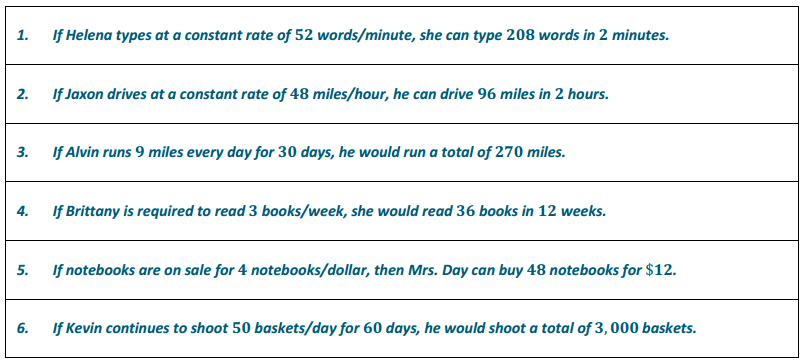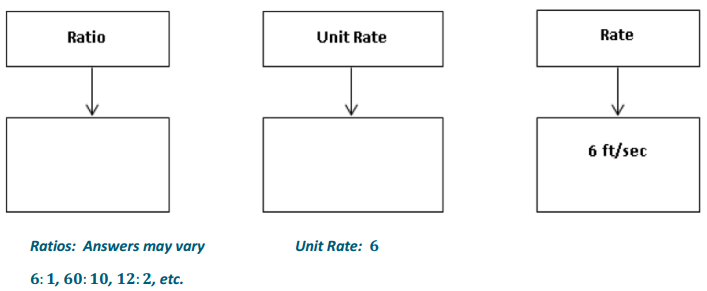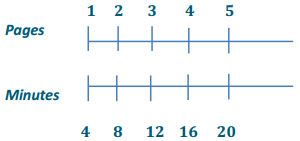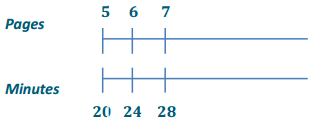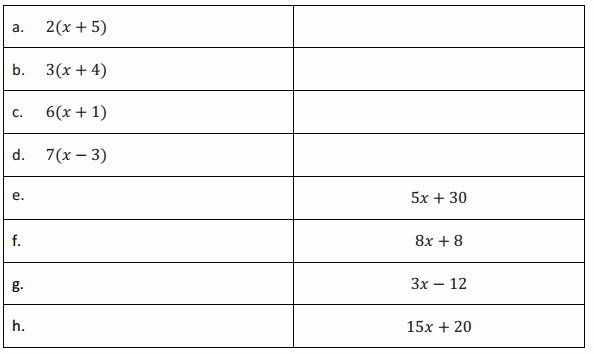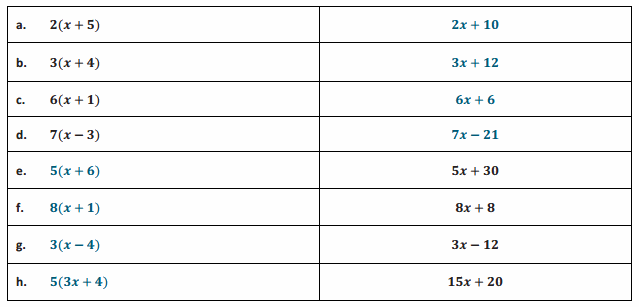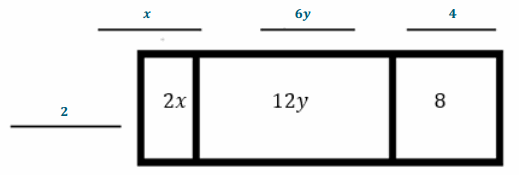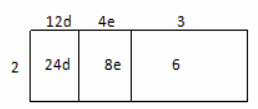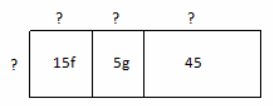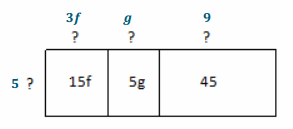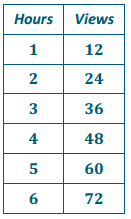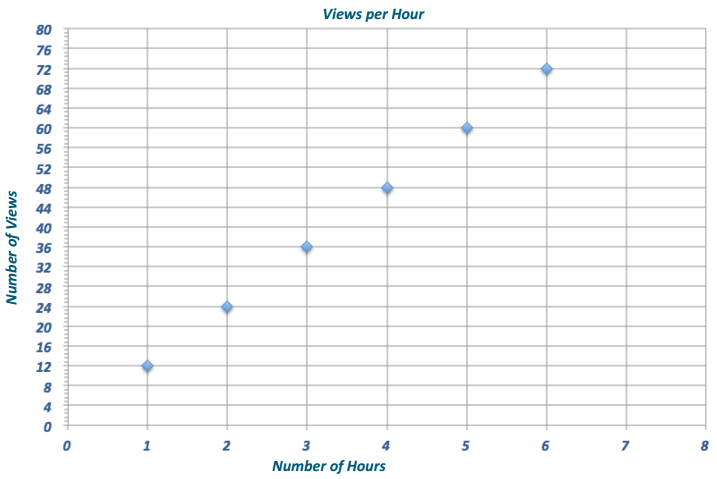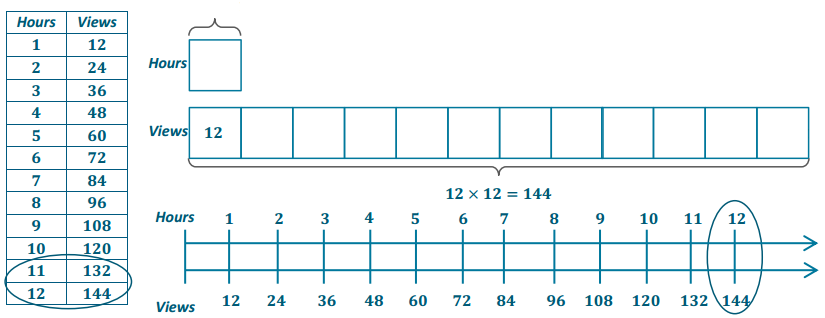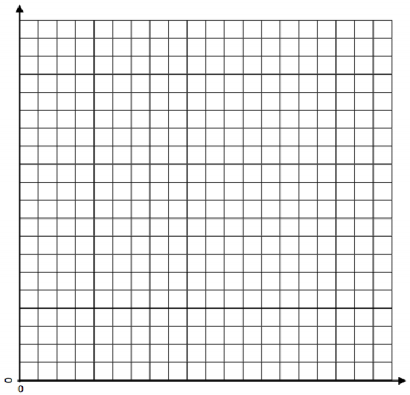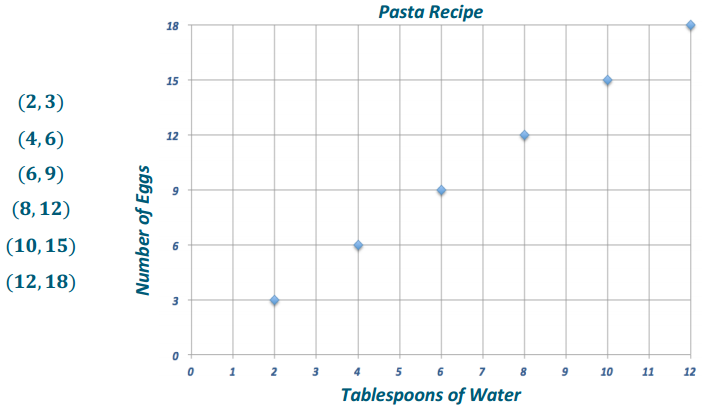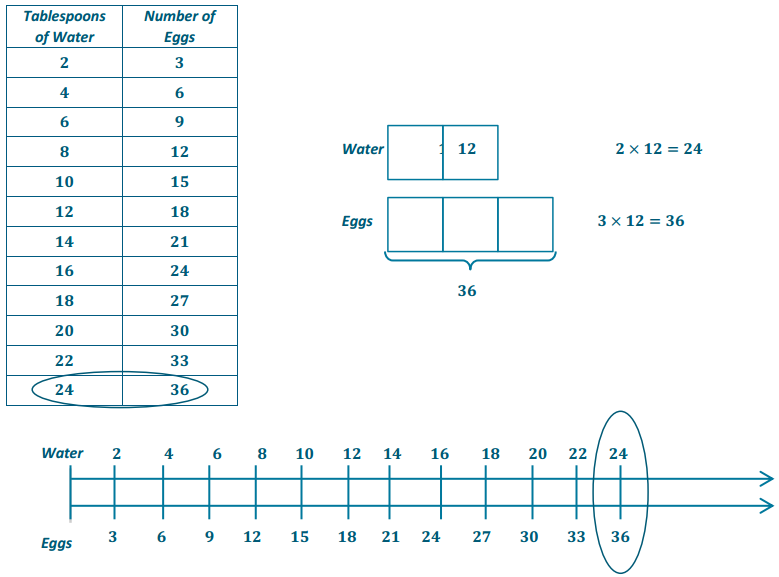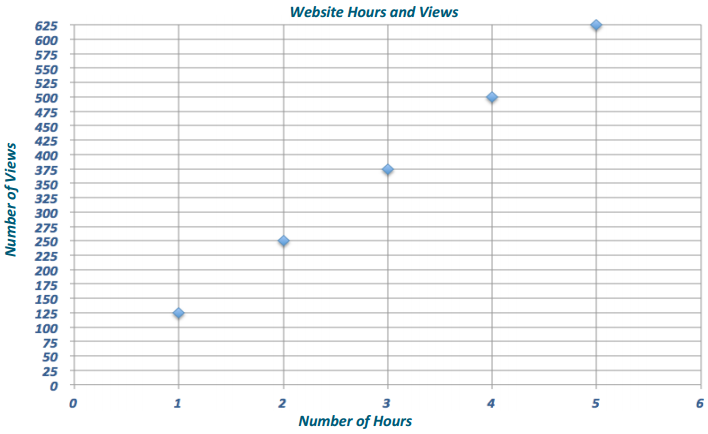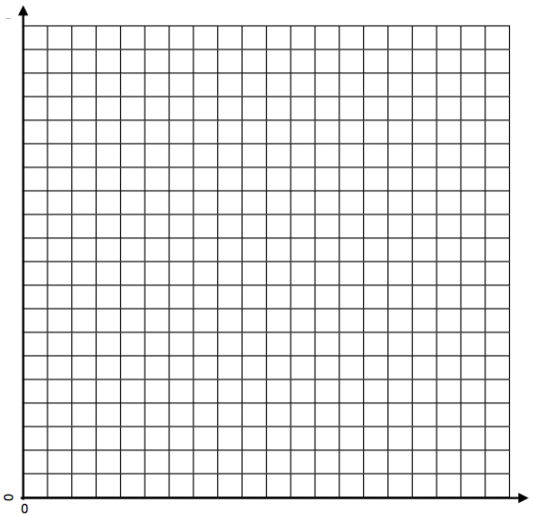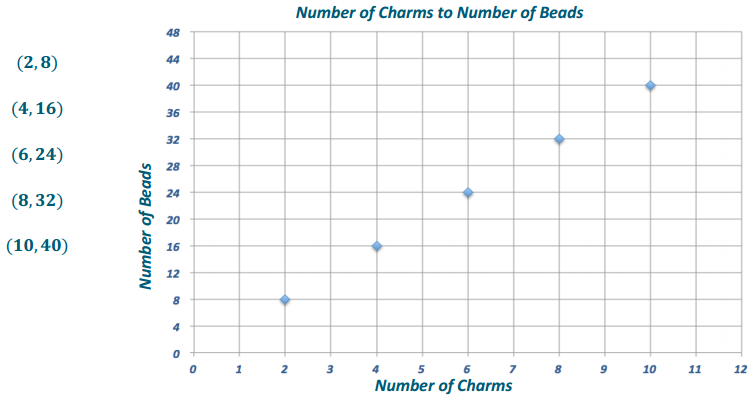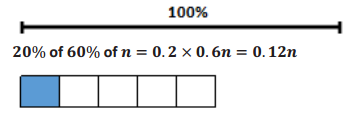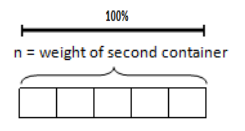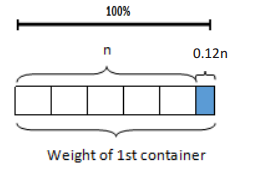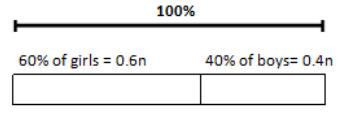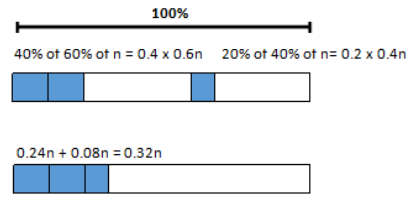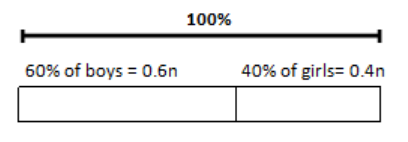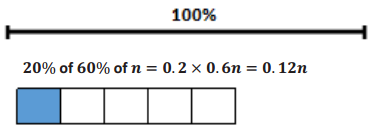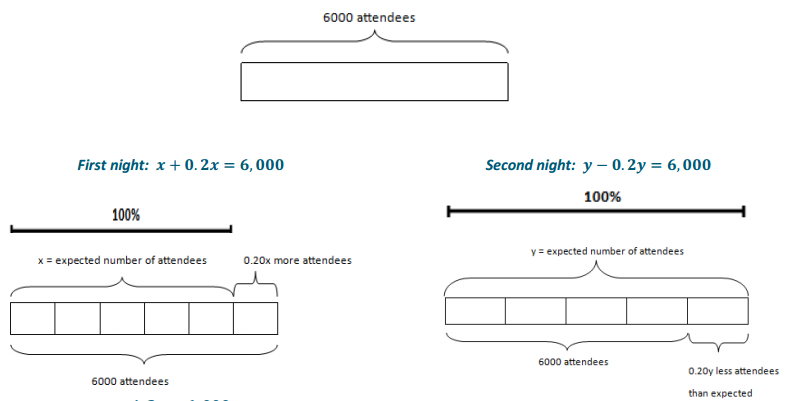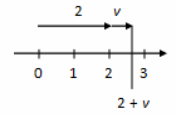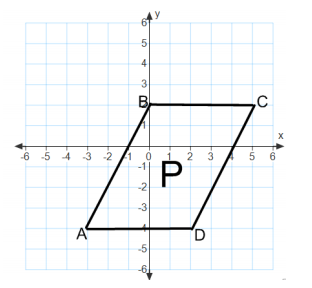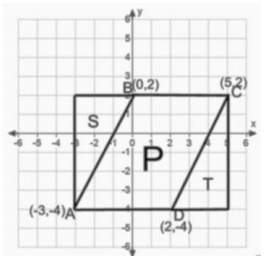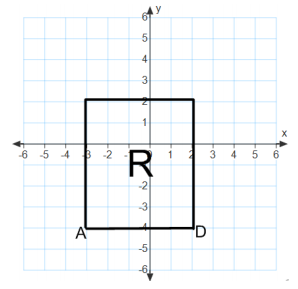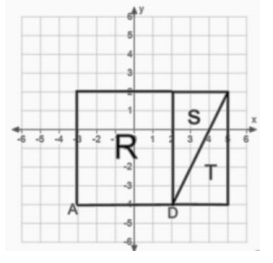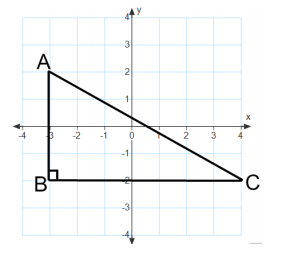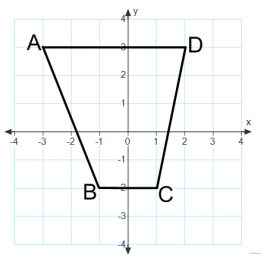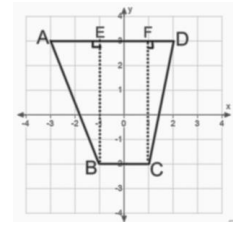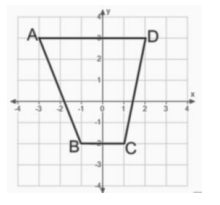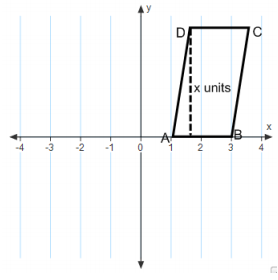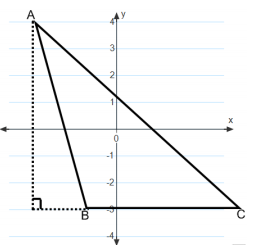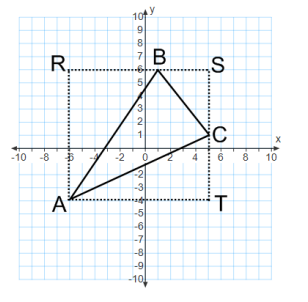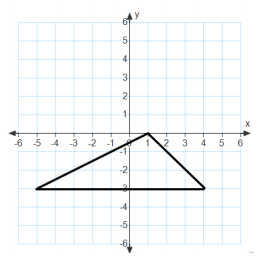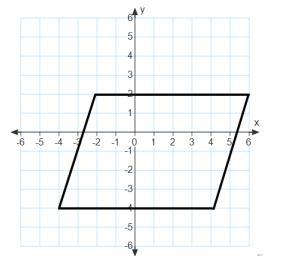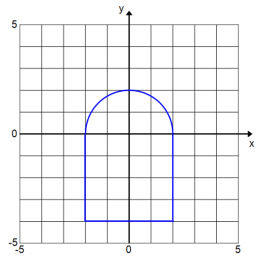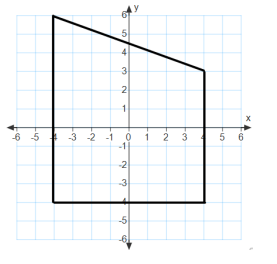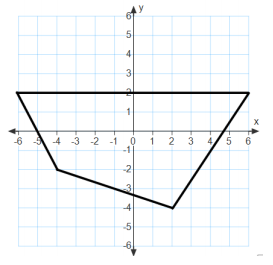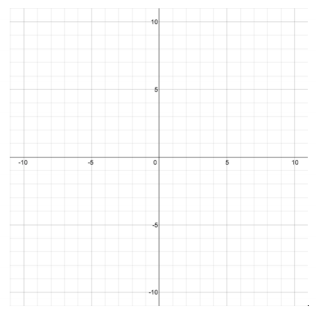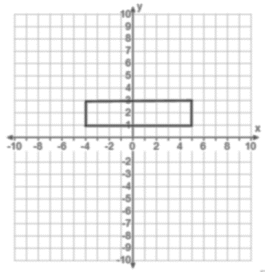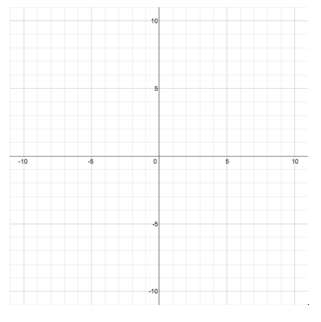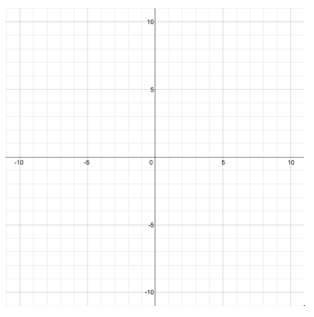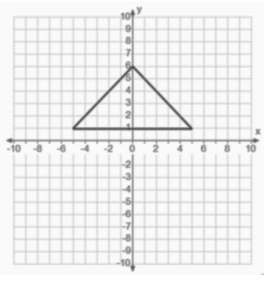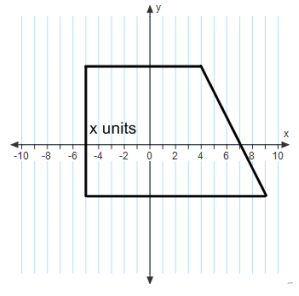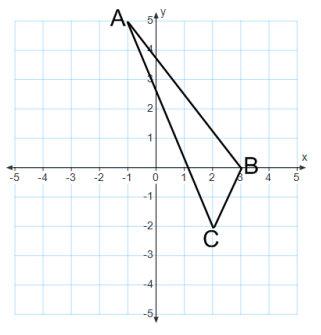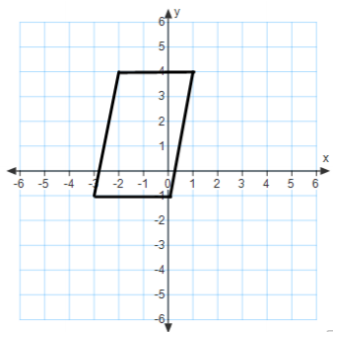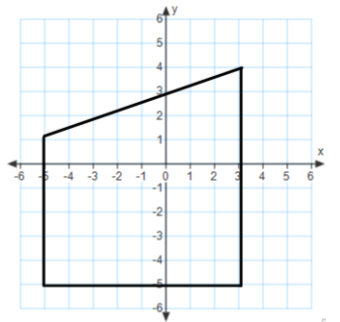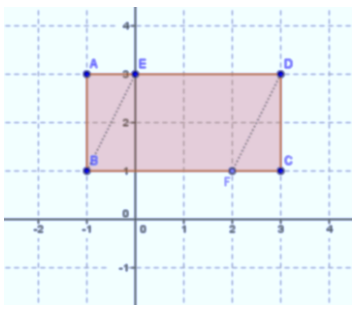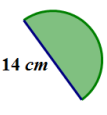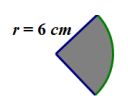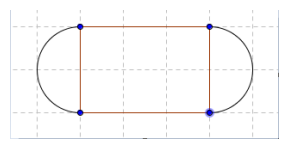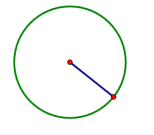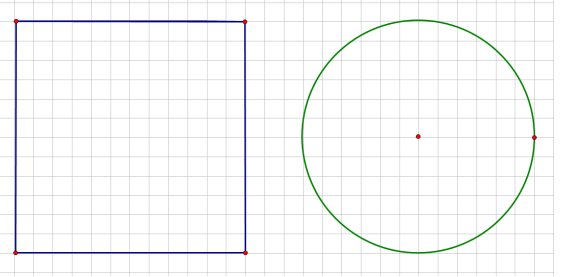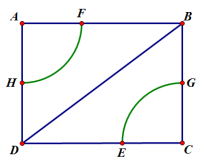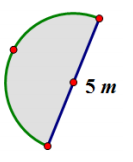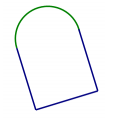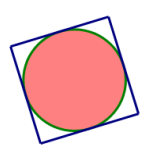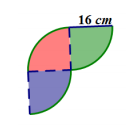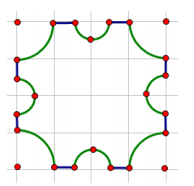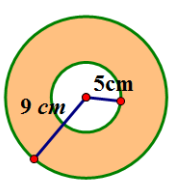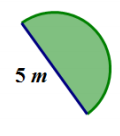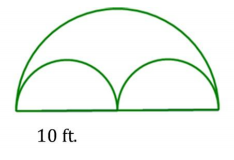Engage NY Eureka Math 6th Grade Module 1 Lesson 20 Answer Key
Eureka Math Grade 6 Module 1 Lesson 20 Example Answer Key
Example 1.
Notes from Exit Ticket
Take notes from the discussion in the space provided below.
Answer:
Notes:
Eureka Math Grade 6 Module 1 Lesson 20 Problem Set Answer Key
The table below shows the amount of money Gabe earns working at a coffee shop.

Question 1.
How much does Gabe earn per hour?
Answer:
Gabe earns $13. 50 per hour.
Question 2.
Jordan is another employee at the same coffee shop. He has worked there longer than Gabe and earns $3 more per hour than Gabe. Complete the table below to show how much Jordan earns.

Answer:

Question 3.
Serena is the manager of the coffee shop. The amount of money she earns is represented by the equation m = 21 h, where h is the number of hours Serena works, and m is the amount of money she earns. How much more money does Serena make an hour than Gabe? Explain your thinking.
Answer:
21 – 13.5 = 7.50, so Serena makes $7.50 per hour more than Gabe.
Question 4.
Last month, Jordan received a promotion and became a manager. He now earns the same amount as Serena. How much more money does he earn per hour now that he is a manager than he did before his promotion? Explain your thinking.
Answer:
Jordan now makes the same amount as Serena, which is $21 an hour. Jordan previously made $16.50 an hour, so 21 – 16. 50 = 4.50. Therefore, Jordan will make an additional $4.50 an hour now that he is a manager.
Eureka Math Grade 6 Module 1 Lesson 20 Exit Ticket Answer Key
Question 1.
Value Grocery Mart and Market City are both having a sale on the same popular crackers. McKayla is trying to determine which sale is the better deal. Using the given table and equation, determine which store has the better deal on crackers. Explain your reasoning. (Remember to round your answers to the nearest penny.)
Value Grocery Mart:

Market City:
c = 1. 75b, where c represents the cost in dollars, and b represents the number of boxes of crackers.
Answer:
Value Grocery Mart is better because one box of crackers would cost $1. 67. One box of crackers at Market City would cost $1. 75, which is a little more expensive than Value Grocery Mart.
Eureka Math Grade 6 Module 1 Lesson 20 Exploratory Challenge Answer Key
a. Mallory is on a budget and wants to determine which cereal is a better buy. A 10-ounce box of cereal costs $2.79, and a 13-ounce box of the same cereal costs $3. 99.
i. Which box of cereal should Mallory buy?
Answer:
Because the 10-ounce box costs about 28 cents per ounce, and the 13-ounce box costs about 31 cents per ounce, Mallory should buy the 10-ounce box of cereal.
ii. What is the difference between the two unit prices?
Answer:
The 10-ounce box of cereal would be preferred because it is 3 cents cheaper per ounce.
b. Vivian wants to buy a watermelon. Kingston’s Market has 10-pound watermelons for $3. 90, but the Farmer’s Market has 12-pound watermelons for $4. 44.
i. Which market has the best price for watermelon?
Answer:
The Farmer’s Market has the best price for watermelons.
ii. What is the difference between the two unit prices?
Answer:
The 12-pound watermelon is a better deal because it is 2 cents cheaper per pound.
c. Mitch needs to purchase soft drinks for a staff party. He is trying to figure out if it is cheaper to buy the 12- pack of soda or the 20-pack of soda. The 12-pack of soda costs $3. 99, and the 20-pack of soda costs $5. 48.
i. Which pack should Mitch choose?
Answer:
20-pack of soda for $5.48
ii. What is the difference in cost between single cans of soda from each of the two packs?
Answer:
The difference in cost between single cans from each pack is 6 cents.
d. Mr. Steiner needs to purchase 60 AA batteries. A nearby store sells a 20-pack of AA batteries for $12.49 and a 12-pack of the same batteries for $7. 20.
i. Would it be less expensive for Mr. Steiner to purchase the batteries in 20-packs or 12-packs?
Answer:
He should purchase five 12-packs of batteries for $7.20 for a total cost of $36. 00.
e. The table below shows the amount of calories Mike burns as he runs.

Fill in the missing part of the table.
Answer:

f. Emilio wants to buy a new motorcycle. He wants to compare the gas efficiency for each motorcycle before he makes a purchase. The dealerships presented the data below.

Leisure Motorcycle:
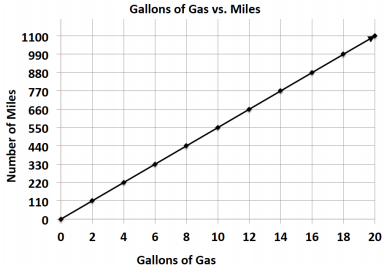
Which motorcycle is more gas efficient and by how much?
Answer:
The sports motorcycle gets 2.5 more miles per gallon of gas.
g. Milton Middle School is planning to purchase a new copy machine. The principal has narrowed the choice to two models: SuperFast Deluxe and Quick Copies. He plans to purchase the machine that copies at the fastest rate. Use the information below to determine which copier the principal should choose.
SuperFast Deluxe:
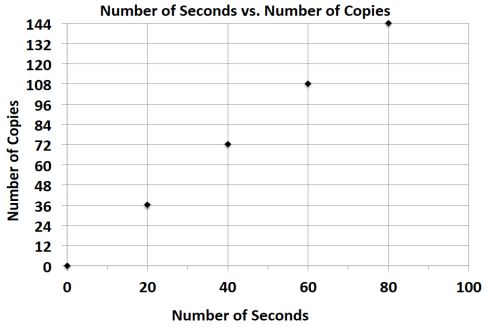
Quick Copies:
c = 1.5t
(where t represents the amount of time in seconds, and C represents the number of copies)
Answer:
SuperFast Deluxe
h. Elijah and Sean are participating In a walk-a-thon. Each student wants to calculate how much money he would make from his sponsors at different points of the walk-a-thon. Use the information in the tables below to determine which student would earn more money if they both walked the same distance. How much more money would that student earn per mile?

Answer:
Sean earns 50 cents more than Elijah every mile.
i. Gerson is going to buy a new computer to use for his new job and also to download movies. He has to decide between two different computers. How many more kilobytes does the faster computer download in one second?
Choice 1: The rate of download is represented by the following equation: k = 153t, where t represents the amount of time in seconds, and k represents the number of kilobytes.
Choice 2: The rate of download is represented by the following equation: k = 150t, where t represents the amount of time in seconds, and k represents the number of kilobytes.
Answer:
Choice 1 downloads 3 more kilobytes per second than Choice 2.
j. Zyearaye is trying to decide which security system company he will make more money working for. Use the graphs below that show Zyearaye’s potential commission rate to determine which company will pay Zyearaye more commission. How much more commission would Zyearaye earn by choosing the company with the better rate?

Answer:
Superior Security would pay $5 more per security system sold than Top Notch Security.
k. Emilia and Miranda are sisters, and their mother just signed them up for a new cell phone plan because they send too many text messages. Using the Information below, determine which sister sends the most text messages. How many more text messages does this sister send per week?

Miranda: m = 410w, where w represents the number of weeks, and m represents the number of text messages.
Answer:
Miranda sends 10 more text messages per week than Emilia.
